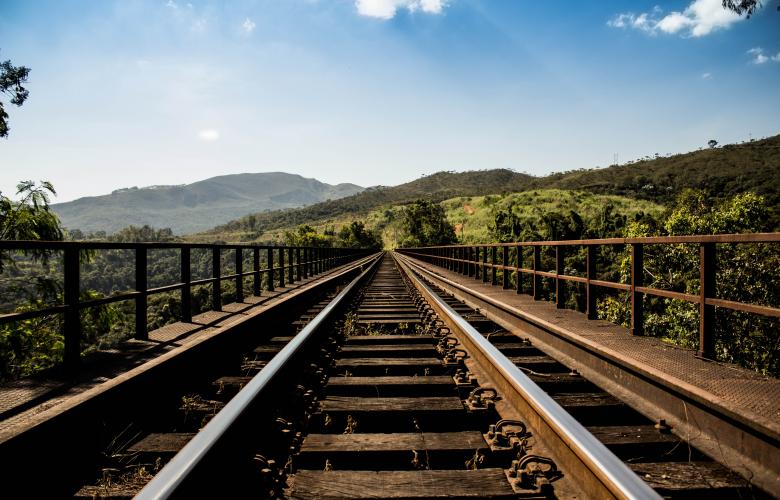Muse – a town in Myanmar’s northeastern Shan state that borders Yunnan province in southwest China – is the biggest land route for trade between China and Myanmar as reported by Colliers International Myanmar.
"While railway service to central Mandalay could create a transport lifeline for the country’s north. The north of the country between Muse and Mandalay is seen crucial to improving the connectivity of the countries in Southeast Asia. In fact, it is part of the China-Myanmar Economic Corridor – linking Yunnan with key commercial centres in Myanmar – under Beijing’s vast trade and infrastructure push of the Belt and Road Initiative." says Colliers.
Related reading: Benefiting from the Belt and Road Initiative and Port-Park-City model
The economic corridor spans 1,700km – from Kunming to Mandalay, then east to Yangon and west to the Kyaukphyu special economic zone, where China wants to build a deep water port and where it already has a cross-border oil pipeline.
The railway linking Muse and Mandalay had previously been halted in 2014, however, newswires report that China's Railway Eryuan Engineering Group and Myanmar Railways have recently agreed to reconsider the project.
Colliers believes that there needs to be rigorous assessments done on railway building. The challenges include conflicts over land ownership, and also the ultimate contractor who will take over the project. Overall, the concrete implementation of One Belt, One Road projects has raised the stakes for China in Myanmar, translating into multi-level engagement, including infrastructure and industrial cooperation, support for the government’s peace process and, recently, crisis resolution efforts in some areas of the country. For Myanmar, OBOR holds the promise of much needed connectivity and real estate development — a goal realizable only if the ongoing reform agenda continues.
Related reading: China's One Belt, One Road Initiative anchors in Myanmar
Tony Picon from New Asia Property Consultants Limited told WILLIAMS MEDIA "The BRI offers a unique opportunity for far greater connectivity within ASEAN and to further afield. For Myanmar the development of transport infrastructure is welcome but would be advised to take a “better to walk before you run” approach as the costs involved may well outrun the benefits for some time based on the level of Myanmar’s current development."
Picon warned that "Sri Lanka is an example of the BRI creating white elephants which the host country is unable to pay for thus increasing China’s strategic influence. It is unknown whether the feasibility study for the Muse railway will be conducted in-house or by a neutral third party and its terms of reference and scope are critical to promoting confidence if the project gets the go-ahead."
"A better approach would be an ASEAN initiative, together with China, that considers how BRI can benefit all countries involved and its people. Non-binding framework agreements between ASEAN and China can cover such areas as integration of the various components for maximum benefit, best practice financing options, environmental considerations and benefit to local populations such as indigenous jobs and sub-contracts," sugests Picon.
"These can be integrated into third-party feasibility studies on the various components. At present bilateral agreements without ASEAN support are more likely to favour the much stronger China. With greater ASEAN involvement this would help level the playing field. However, the final say will be with each country itself."
Similar to this:
Benefiting from the Belt and Road Initiative and Port-Park-City model
China's One Belt, One Road Initiative anchors in Myanmar







